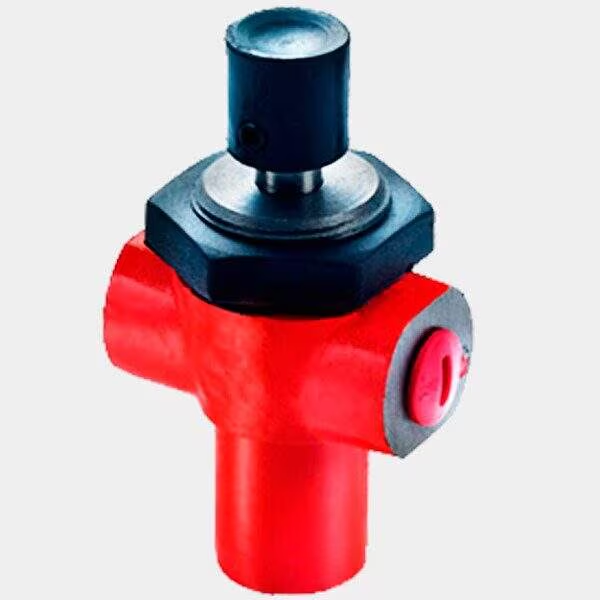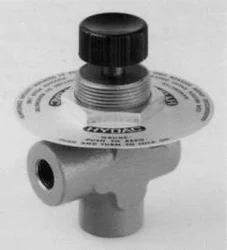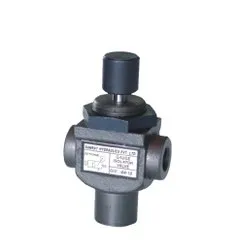Contact : +91-79045 61980 | Email: hydrofitengineers@gmail.com



SINGLE STATION GAUGE ISOLATOR VALVE
A single station gauge isolator is a device that is commonly used in process control systems to protect pressure gauges from damage and to prevent contamination of the process fluid. This device is designed to isolate the gauge from the process fluid, which can be corrosive or dangerous, and to allow for easy maintenance and replacement of the gauge without interrupting the process flow.
DESIGN, OPERATION, AND BENEFITS OF SINGLE STATION GAUGE ISOLATORS.
Design of Single Station Gauge Isolator Valve
A single station gauge isolator valve consists of two main components: the isolator body and the gauge adapter. The isolator body is a hollow cylinder that is usually made of stainless steel or other corrosion-resistant material. It is designed to fit between the process line and the gauge and to isolate the gauge from the process fluid. The gauge adapter is a threaded fitting that is attached to the isolator body and is used to connect the gauge to the isolator.
The isolator body has two chambers separated by a diaphragm. The process fluid flows through the lower chamber and exerts pressure on the diaphragm. The upper chamber is filled with a compatible fluid, such as oil, that transmits the pressure from the diaphragm to the gauge. This fluid also provides lubrication for the gauge mechanism and protects it from corrosion.
The gauge adapter has two ports: one for the process fluid to enter and one for the compatible fluid to exit. The ports are connected to the respective chambers of the isolator body. The gauge is connected to the adapter using a threaded connection.
Operation of Single Station Gauge Isolator Valve
The operation of a single station gauge isolator valve is relatively simple. The process fluid enters the isolator body through the inlet port on the gauge adapter and flows into the lower chamber. The pressure of the process fluid is transmitted to the diaphragm, which deflects and exerts a force on the compatible fluid in the upper chamber. This force is transmitted to the gauge through the fluid and causes the gauge pointer to move.
The compatible fluid in the upper chamber provides a number of benefits. First, it protects the gauge mechanism from corrosion and damage by separating it from the process fluid. Second, it provides lubrication for the gauge mechanism, which reduces wear and extends the life of the gauge. Third, it provides a damping effect that reduces the effect of pressure fluctuations and pulsations in the process fluid, which can cause inaccurate readings.
Benefits of Single Station Gauge Isolator Valve
Single station gauge isolator valve offer a number of benefits for process control systems. One of the main benefits is the protection they provide for pressure gauges. Process fluids can be corrosive, abrasive, or dangerous, and can cause damage to gauges over time. Isolating the gauge from the process fluid protects it from this damage and extends its life. Additionally, if a gauge needs to be replaced or serviced, the isolator allows for easy removal and replacement without interrupting the process flow.
Another benefit of single station gauge isolator valve is the compatibility they offer with a wide range of process fluids. The isolator body and gauge adapter can be made from a variety of materials, such as stainless steel, brass, or plastic, that are compatible with different types of fluids. This allows the isolator to be used in a variety of applications and industries, such as chemical processing, oil and gas, and food and beverage.
Single station gauge isolator valve also offer improved accuracy and reliability of pressure readings. The damping effect provided by the compatible fluid in the upper chamber reduces the impact of pressure fluctuations and pulsations, which can cause inaccurate readings. This improves the reliability of pressure readings and reduces the need for frequent calibration of gauges.
Overall the single station gauge isolator valve offer a cost-effective solution for pressure measurement in process control
